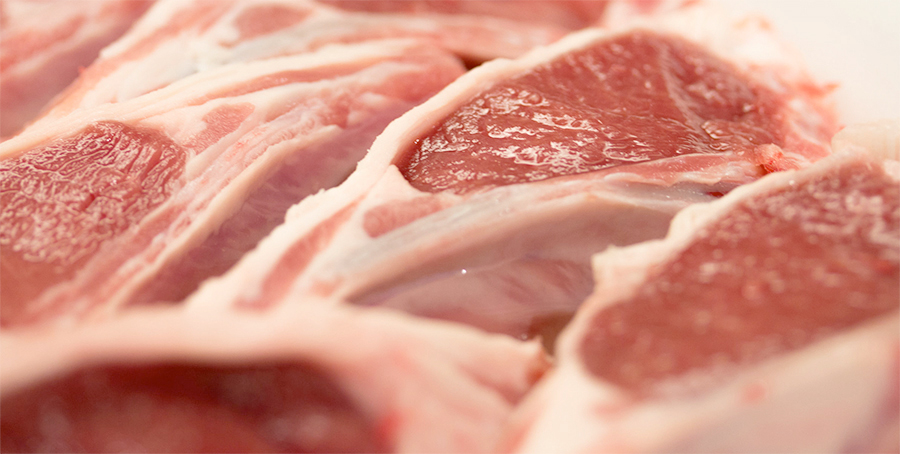
Beef production in the UK rose 0.6 per cent and sheep meat production 0.5 per cent during the twelve months of 2015, according to the latest market analysis by Hybu Cig Cymru-Meat Promotion Wales (HCC).
Some 883,200 tonnes of beef and 300,300 tonnes of sheep meat were recorded through UK abattoirs for the 12 months January-December.
Prime cattle slaughterings in abattoirs in the UK totalled 1.92 million, a decrease of two per cent on 2014 figures; however, sheep slaughterings increased by two per cent to 13.1 million head during the quoted twelve months.
Throughputs for the New Season Lamb (NSL) period were 9.1 million head, level with the same period in 2014. Sheep meat production May-December rose 0.5 per cent to 206,100 tonnes on the back of heavier carcase weights for much of the season.
In December, prime cattle slaughterings in the UK stood at 148,300 head, an increase of seven per cent on the same month the previous year. Heavier carcase weights continued to be a trend for the year, with beef production in the UK increasing 11 per cent to 69,700 tonnes for December.
Sheepmeat production during December declined by three per cent to 23,400 tonnes with throughputs at 1.1 million head, a four per cent fall on the last month of 2014. In Wales sheepmeat production during December declined seven per cent to 5,200 tonnes with throughputs at 285,900 head, an eight per cent fall on the last month of 2014. Meanwhile throughputs for the New Season Lamb (NSL) period in Wales were 2.5 million head, level with the same period in 2014.
“Welsh sheep slaughterings could remain low during the Old Season Lamb (OSL) period between January and May because the June Welsh Government census data estimated a four per cent decline in the Welsh lamb crop in 2015,” said HCC Industry Information Officer Charlotte Morris. “However, emphasis must be placed on the quality of the lambs presented at market, as the recent poor weather conditions could have affected lamb growth rates and condition.
“In turn, this could lead to a larger than expected number of lambs marketed towards the end of the season.”
